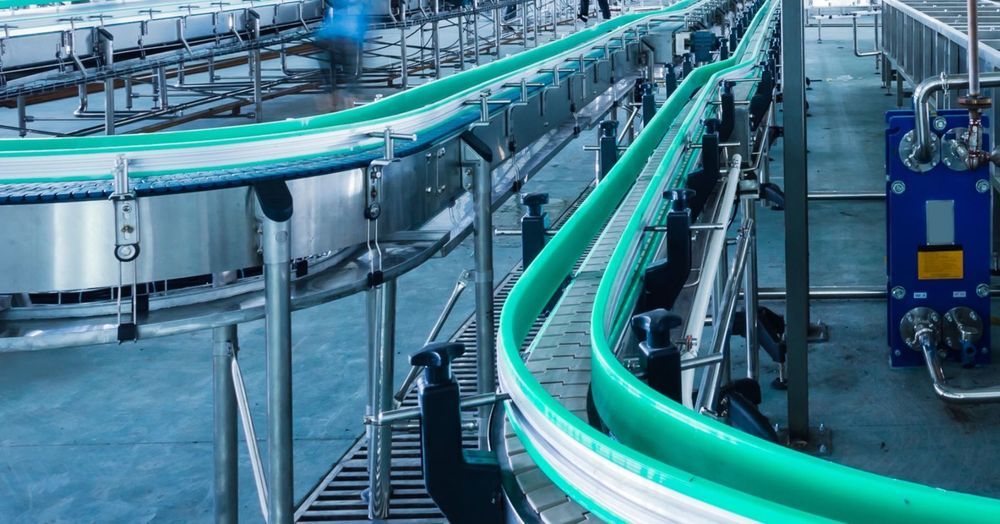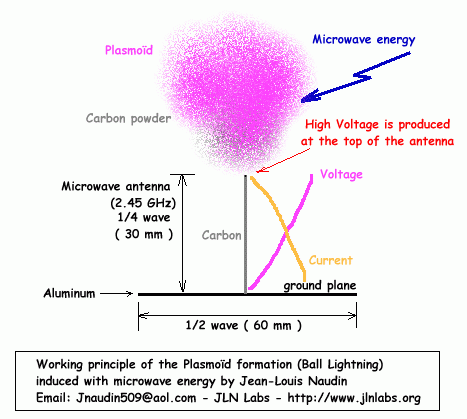Autonomous vehicles aren’t perfect, so to help upgrade their intelligence and prevent fatal accidents, Nvidia created the DGX SuperPod, an AI-optimized supercomputer that will help design a better self-driving car.
Whether you call it Industry 4.0, the Industrial Internet of Things (IIoT), or Smart Manufacturing, the power of technology is being felt throughout the industrial world and fundamentally changing value chains and production methods. Indeed, so great is the change that Capgemini’s Digital Transformation Institute predicts that smart factories could add as much as $1.5 trillion to the overall output of the industrial sector in the next five years. This is because of the turbo-charge effect of smart technology, which is enabling factories to produce more while lowering costs. According to Capgemini, some industries may almost double their operating profit and margin.
Early days it may be, but there are plenty of exciting things happening in electric aviation. Earlier this month we saw the first public outing of the largest hybrid-electric plane to ever take flight, following other significant milestones such as the first electric aircraft to cross the English channel. Making its mark at the Paris Air Show this week is Eviation’s Alice, which is a light nine-seater all-electric plane designed to service regional areas.
It is now possible to take a talking-head style video, and add, delete or edit the speaker’s words as simply as you’d edit text in a word processor. A new deepfake algorithm can process the audio and video into a new file in which the speaker says more or less whatever you want them to.
Conservationists are employing animal bridges as wildlife crossings to save our furry friends. Take a look at how they work across the globe.
London’s Charge Automotive is preparing to emerge from the smoke and shadows with an impressive sports car that’s sure to terrify small children, even without a V8 rumbling under its hood scoop. The blacked-out, 1967-style Mustang fastback features a 536-hp (400-kW) electric powertrain spinning all four wheels for up to 200 miles (322 km). The prototype will make its debut at next month’s Goodwood Festival of Speed.
Lithoredo abatanica, a very weird shipworm found in a river in the Philippines, represents both a new species and genus.
In 2013, SOCOM expanded their development of such a suit, which they call the Tactical Assault Light Operator Suit (TALOS). Navy SEALs or Special Forces would use these suits for special operations.
Scientists at a Polish company that produce body armor systems are working to implement a non-Newtonian liquid in their products.
The liquid is called Shear-Thickening Fluid (STF). STF does not conform to the model of Newtonian liquids, such as water, in which the force required to move the fluid faster must increase exponentially, and its resistance to flow changes according to temperature. Instead STF hardens upon impact at any temperature, providing protection from penetration by high-speed projectiles and additionally dispersing energy over a larger area.
“This viscosity increases thanks to the subordination of the particles in the liquid structure, therefore they form a barrier against an external penetrating factor,” said Karolina Olszewska, who performed tests on the STF for Moratex.
Synthetic Ball-Lightning:
How to make a Stable Plasmoid ( Ball Lightning ) with the GMR v1.0 ( Graphite Microwave Resonator )by Jean-Louis NaudinCliquez ici pour la version Française created on March 1st, 2003 — JLN Labs — Last update December 22, 2005freely.









